The name of this restaurant is a reference to some culinary history, so a little background is in order. In the early 18th century Antonin Careme had risen from a humble upbringing to become chef to French foreign minister Talleyrand and even to Tsar Alexander of Russia. Along the way Careme wrote a series of books that captured his recipes and came to symbolise elaborate grand cuisine. Auguste Escoffier built on these foundations with his book Le Guide Culinaire, and his kitchen brigade system, with chefs in dedicated roles, is still prevalent to this day. Escoffier was a cook in the military for seven years before opening his first restaurant in Cannes in 1878, and Cesar Ritz hired Escoffier to run the kitchen of his Grand Hotel in Monte Carlo. Ritz and Escoffier moved to London in 1890 to run the operations at the new Savoy Hotel. The restaurant there became a great success, with Escoffier inventing peach melba (and melba toast) amongst other dishes. All went well until around 1898 (or very possibly 1893 depending on the source that you consult) when Escoffier and Ritz were fired for taking kickbacks from suppliers. Cesar Ritz went on to found the Ritz in Paris and then the hotel of the same name on London in 1906. Escoffier worked as chef on an ocean liner and after a banquet for German dignitaries on the ship was declared “the emperor of chefs” by Kaiser Wilhelm II.
After that little detour into culinary history, we can see that 1890 denotes the year that Escoffier moved to The Savoy. The 26 seat 1890 restaurant opened in February 2022 with executive chef James Sharp. Mr sharp started as a commis chef at Restaurant Gordon Ramsay and progressed to sous chef under Matt Abe before becoming senior sous chef at Petrus. The restaurant was awarded a Michelin star in the 2024 guide. The menu format was a tasting menu only, priced at £175. The dining room looks out over the Savoy entrance and the theatre next door, the room itself having attractive art deco features and a long mirror on one wall. Tables are well spaced and of a fairly generous size. Some rather superfluous music played in the dining room but the overall noise levels were not too high.
The vast wine list had 559 labels and ranged in price from £50 to £59,500, with an unusually high median price of £460 and an average markup to retail price of 3.9 times, which is astronomical even for a hotel like The Savoy. Sample references were Albariño Coral do Mar Veiga da Princesa Rías Baixas 2022 at £55 for a bottle that you can find in the high street for £17, Gutta Supera Branco Quinta do Paral Alentejo 2019 at £70 compared to its retail price of £20, and Château Musar White 2014 at £95 for a wine that will set you back £44 in the high street. For those with the means there was Marchesi Antinori Tignanello 2019 at £600 compared to its retail price of £157, and Cabernet Sauvignon Dominus Estate Christian Moueix 2011 at £975 for a wine whose current market value is £217. Wine pairings were available at £275, £475, £995 and £1,890 for the “Elegance” pairing, which included 50ml glasses of Petrus 2012 and Romanee Conti Corton 2010 and a 75 ml glass of d’Yquem 1999. There was a non-alcoholic pairing at £70. They have Coravin here, so over forty wines were available by the glass. Just 3% of the wines were under £75 and a mere 10% were under £100 a bottle. More than a quarter of the list was priced over £1,000.
The meal began with a trio of canapés. A black truffle bun was served on a spoon, the bun flavoured with Parmesan and balsamic. This was comforting and enjoyable, the vinegar ensuring that the bun was not too rich. Chicken liver parfait was served in a cylindrical tuile and was flavoured with marmalade and gingerbread. This also worked nicely, the bitterness of the marmalade countering the richness of the liver. A cornet contained lobster with devilled mayonnaise, the gentle spice working nicely with the tender shellfish, while the crisp cornet provided a textural contrast. These were classy canapes (16/20).
This was followed by a veloute of wild garlic with creme fraiche and a deep-fried frog leg. This was enjoyable enough though the soup arrived rather lukewarm (15/20). Parker House roll bread was served warm and was flavoured with a little lemon thyme and served with Ampersand butter from Oxfordshire. The bread was light and fluffy and a pleasure to eat.
The next dish was white beetroot with smoked sardine and confit hen yolk, with sauce Albert, which had grated horseradish in a bouillon that is thickened with egg yolk and cream, enlivened with a little mustard and vinegar. The beetroot had pleasant texture and its sharpness contrasted with the richness of the egg yolk, while the smokiness of the sardine added another layer of flavour (15/20).
Dover sole with herb purée came with a sauce of finger lime and a seaweed beurre blanc. The fish was cooked well enough though it was a very small piece of fish indeed, the beurre blanc sauce benefitting from the gentle acidity of the lime (just about 15/20). Cornish red chicken was poached and served with green asparagus from the Loire valley. potato dauphin, wild garlic and sauce Albufera as well as a separate chicken sauce. The sauces were nicely made, Albufera being based on supreme sauce derived from a velouté, with a meat glaze. As it happens this is a sauce that Escoffier documented, though Marie-Antoine Careme actually invented it. The asparagus had good flavour but the chicken itself, though nicely cooked, was quite ordinary. There was a major contrast between the blandness of this English chicken with an Arnaud Tauzin bird from the Landes that I had eaten a few days earlier (15/20). I won’t score the non-carnivorous alternative of spelt risotto with asparagus and rather minimal levels of morels but it was reportedly quite salty.
A cheese dish had Rove de Garrigues goat milk cheese from Provence along with peas, green strawberry, marjoram and mint. This was pleasant, as was an alternative of Old Winchester cheese from Salisbury served with salad leaves. Pre-dessert was a blackcurrant and cassis sorbet with champagne foam, violet foam and dried raspberries. This was quite refreshing (15/20).The main dessert was Pink Lady apple tarte tatin with lemon thyme, caramel sauce and a vanilla ice cream flavoured with apple marigold, a floral and strongly aromatic leaf. The pastry was decent, but Pink Lady apples lack much in the way of acidity, and for me were insufficiently caramelised. What was doubtless a perfectly pleasant vanilla ice cream was completely overwhelmed by the powerful aroma of the apple marigold, which was jarring. I’m not sure that April is an ideal time for apple tarte tatin (apples in April?) but there were both design and execution issues here so it didn’t feel like a very successful dish (13/20). This is a little odd as I have enjoyed very good tarte tatin at the mothership Gordan Ramsay restaurant in Chelsea.
Coffee was from Workshop Coffee in Fitzrovia and was good, as well it might be at £7.50 for a double espresso. This did at least come with freshly baked vanilla and honey madeleines with dips of citrus curd, creme Chantilly and chocolate with a hint of cardamom. The madeleines had a good texture and the lemon curd dip went especially well with them.
Service was very capable tonight, with lots of attentive and helpful staff. The bill, with a nice but not excessive bottle of wine and pre-dinner drinks came to £318 per person. It would be easy to spend more given the extensive and expensive wine list. The setting and service of 1890 were excellent and the menu was quite appealing. There is little in the way of luxury ingredients here (smoked sardine, a tiny piece of sole, British chicken as a main course) and yet at £175 for food, the price point would lead you to expect something rather grander in level. Although the meal was generally very enjoyable, at this price I was hoping for rather more, and there are some better-priced alternatives around London. For example, The Dysart offers a nine-course tasting menu at £135, and that includes costlier ingredients like scallops, turbot and beef. I suppose the Savoy setting allows a premium price to be set, and this premium is certainly true with the wine list, which is one of the costliest in London.




















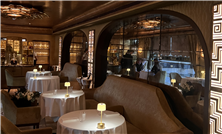


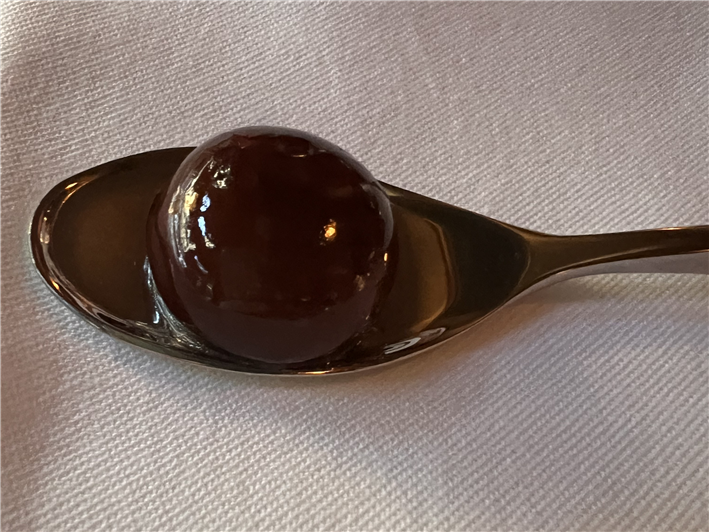
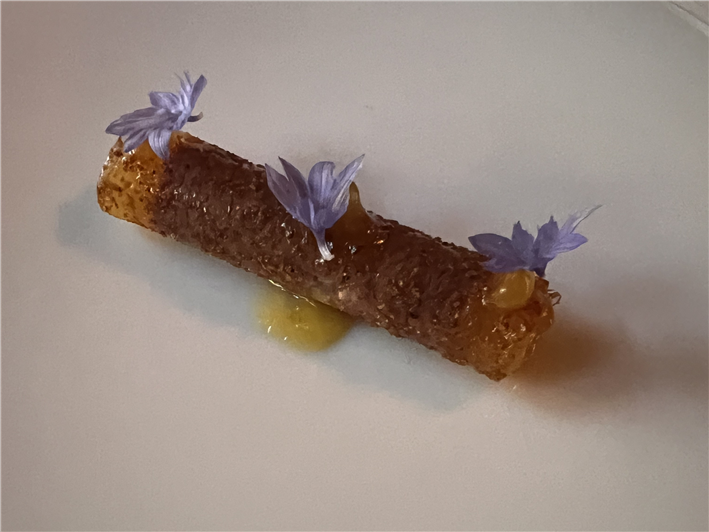
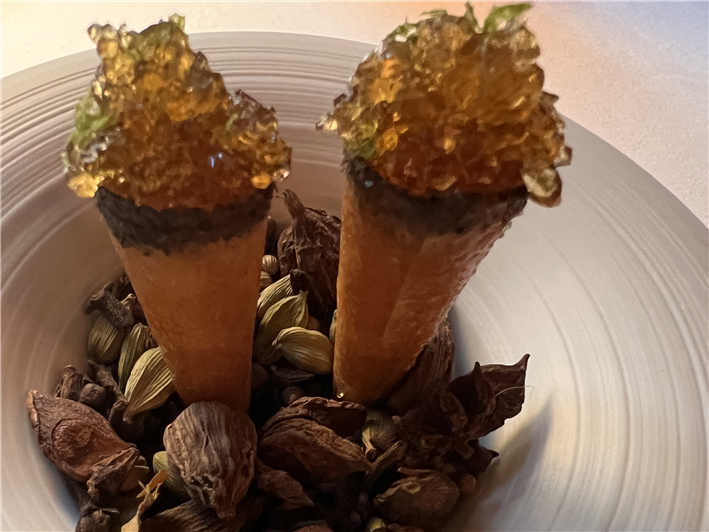
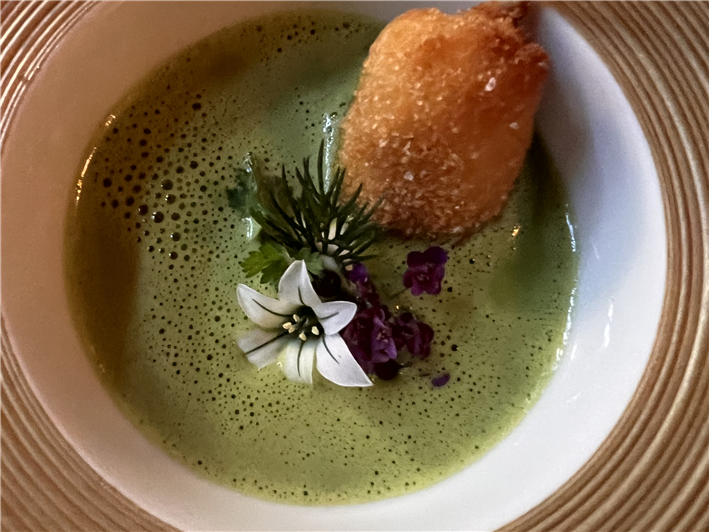
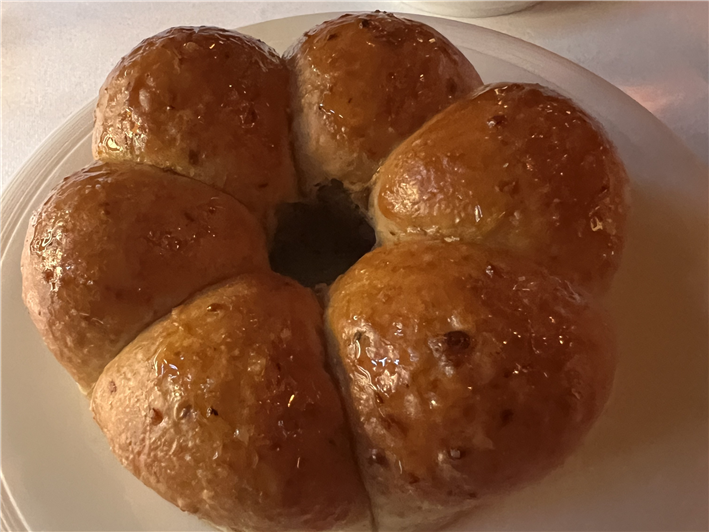
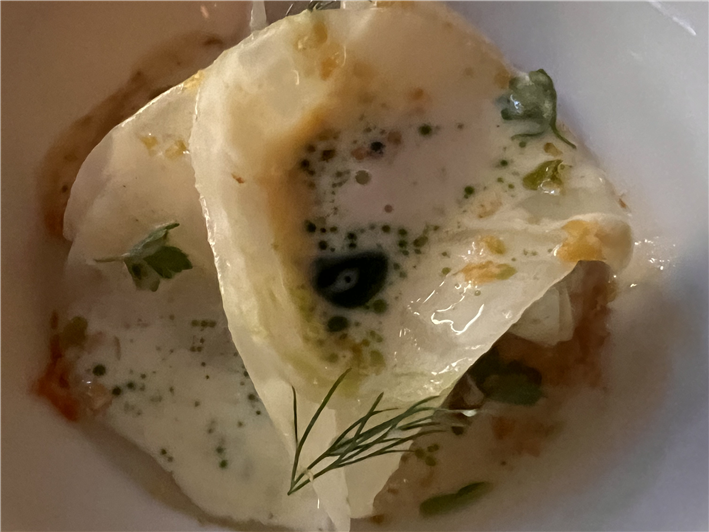

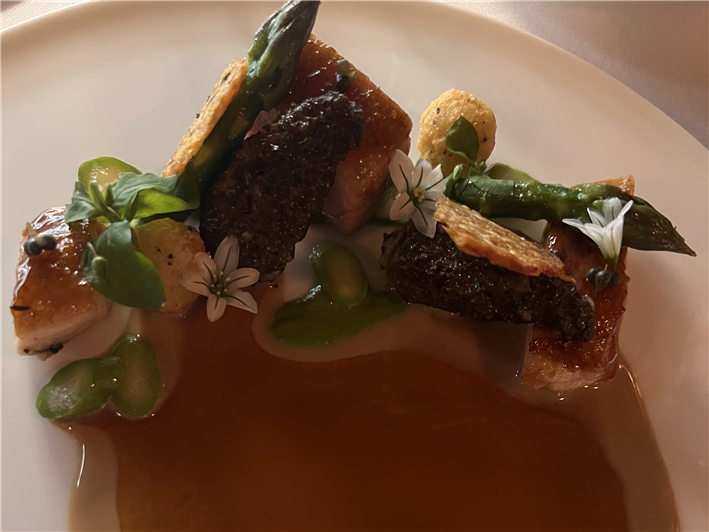

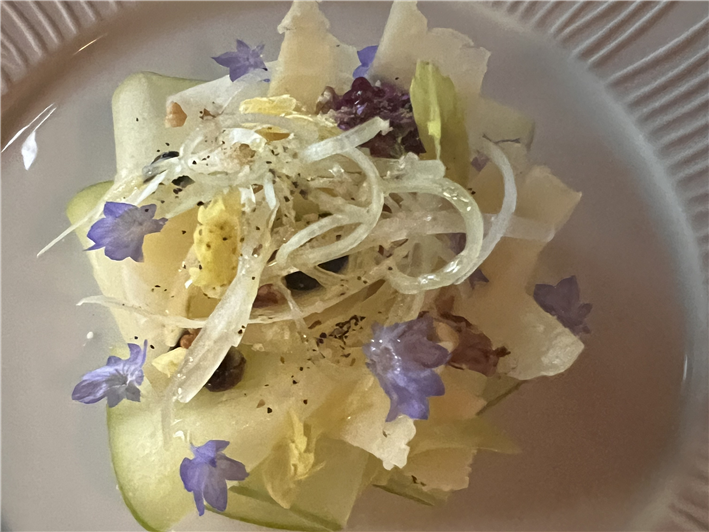
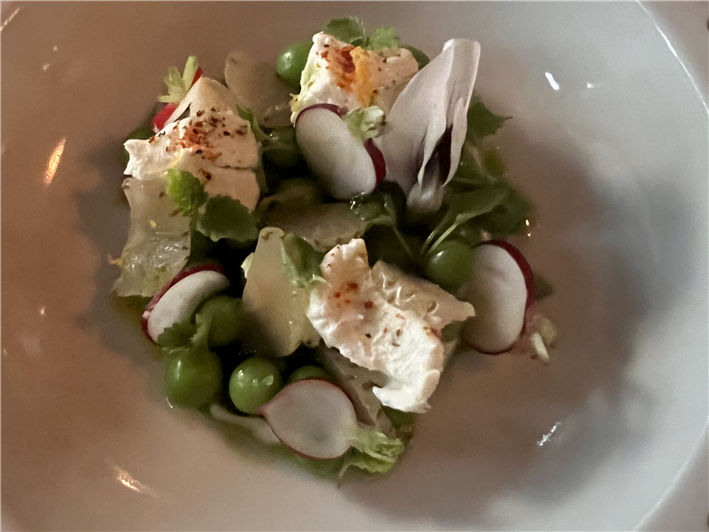
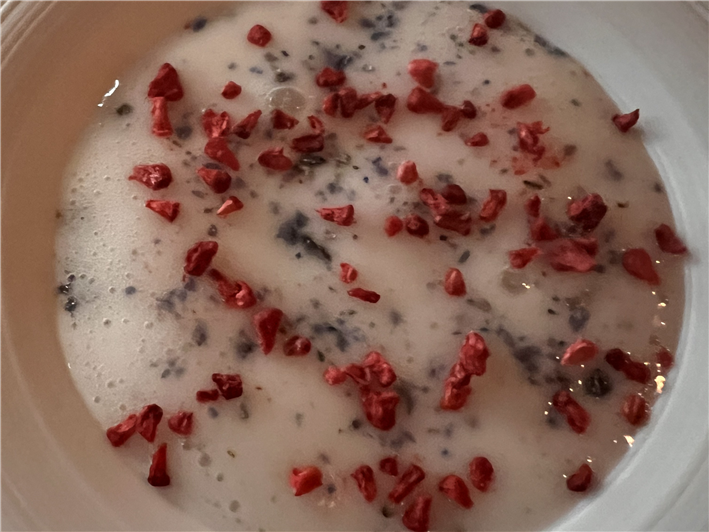
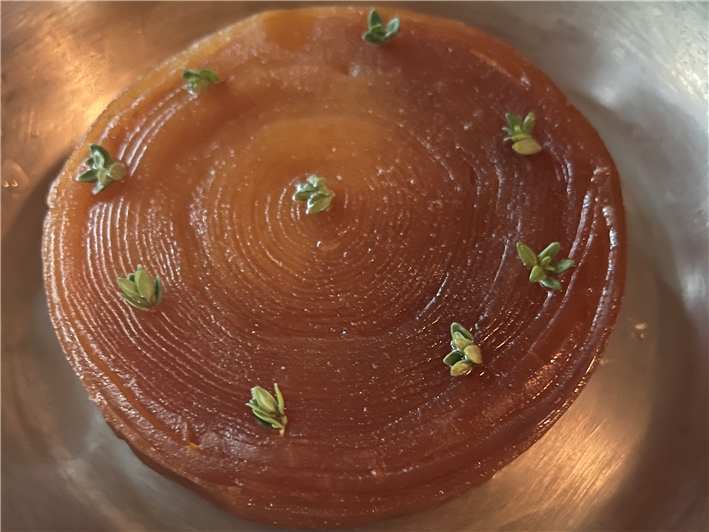
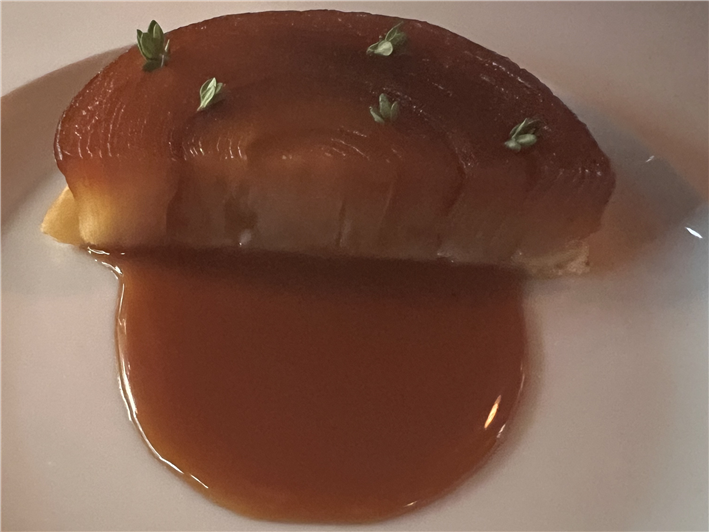
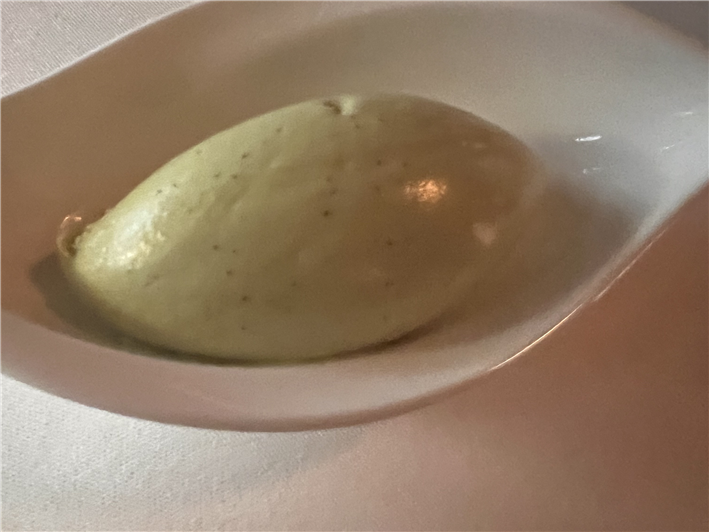
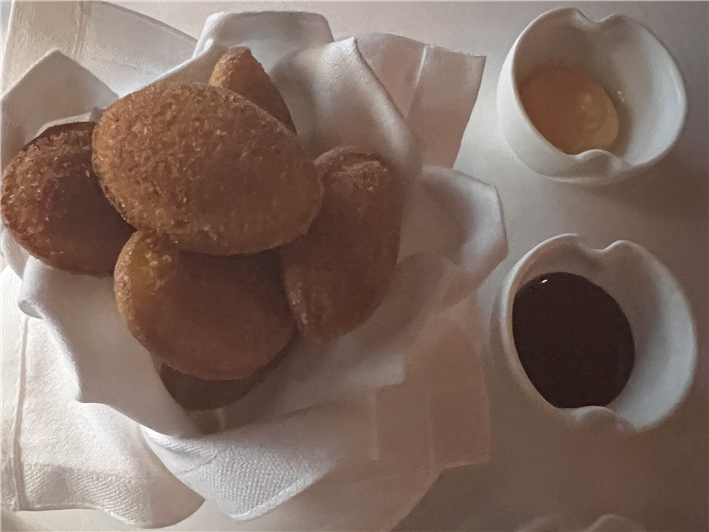

Jean luc Alexandre
Nothing for me there. Sadly , as of today, no British chef as has ever left any meaningful print in the history of gastronomy .
Dawson
I had the tarte tatin at the Ramsay mothership way back in 1999 and still eulogise about it today, the version by which all others must be judged. When I saw the picture of it here, I thought: oh dear, that looks nowhere near the standard.
Richard Wilkins
I’m going here on Tuesday. Sounds like I thought it would to be perfectly honest.
tim wharton
Honestly, while it's not Carême-based, I think Dinner by Heston does the the whole olde-worlde theme much better. The tasting menu is £15 cheaper, the portions much more hearty and all the food is at least a star better. (Though service here was excellent, I admit.)